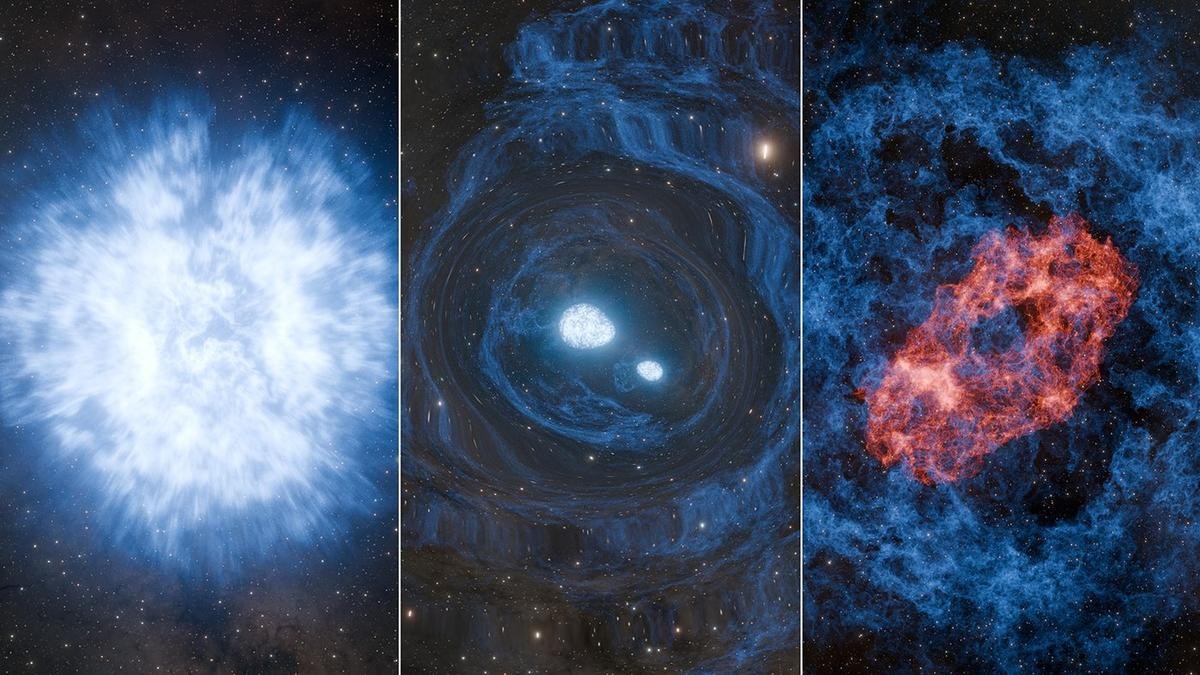



CeNS developed an affordable, efficient iron-doped nickel selenide catalyst for oxygen reactions in clean energy, replacing costly platinum and ruthenium. It enhances water-splitting and chemical production with lower energy use, high stability, and sustainability, promoting cost-effective, eco-friendly hydrogen fuel and industrial applications.

Copyright infringement not intended
Picture Courtesy: PIB
CeNS develops iron-doped catalysts for efficient, low-cost, and sustainable oxygen electrocatalysis in clean energy applications.
Scientists at the Centre for Nano and Soft Matter Sciences (CeNS) in Bengaluru, under the Department of Science and Technology (DST), have developed a new, affordable, and efficient catalyst.
Unlike traditional catalysts that depend on expensive metals like platinum or ruthenium, this new catalyst uses nickel selenide doped with a small amount of iron, making it cheaper and more sustainable.
A catalyst is a substance that speeds up a chemical reaction without getting used up itself.
In clean energy technologies, catalysts are essential for processes like:
However, these processes are slow, energy-intensive, and expensive because they use rare and costly metals like platinum or ruthenium as catalysts. The CeNS team’s new catalyst addresses these challenges.
The CeNS researchers created a catalyst using nickel selenide (a compound of nickel and selenium) and enhanced it by adding a small amount of iron (Fe).
How Did They Make This Catalyst?
The scientists started with a metal-organic framework (MOF), a sponge-like material with tiny holes that’s great for chemical reactions but doesn’t conduct electricity well. To fix this, they:
The iron doping changed how the catalyst’s electrons interact, creating more active sites and making it easier for reaction ingredients (called intermediates) to stick to the catalyst’s surface just right—not too tightly, not too loosely.
Oxygen Evolution Reaction (OER) => This reaction produces oxygen gas, a crucial step in splitting water to make hydrogen fuel.
Oxygen Reduction Reaction (ORR) => This reaction converts oxygen into valuable chemicals, like hydrogen peroxide. The CeNS catalyst beats platinum-based catalysts in speed and efficiency, making it ideal for industrial applications.
Significance
Cost-Effective => It uses nickel and iron, which are abundant and inexpensive compared to platinum or ruthenium.
High Efficiency => The catalyst requires less electricity to drive reactions, saving energy.
Long-Lasting => It remains stable during long-term use, unlike some catalysts that degrade quickly.
Sustainable => By reducing dependence on rare metals and lowering energy use, it supports environmentally friendly technologies.
Source:
|
PRACTICE QUESTION Q. Which among the following statements correctly defines the role of a catalyst in a chemical reaction? A) It increases the rate of a reaction by increasing the equilibrium constant. B) It initiates an otherwise non-spontaneous reaction. C) It lowers the activation energy required for the reaction to proceed. D) It changes the enthalpy of the system. Answer: C Explanation A catalyst accelerates a reaction by lowering the activation energy, which is the minimum energy needed for a reaction to occur. By providing an alternative reaction pathway with a lower energy barrier, more reactant molecules have enough energy to overcome the barrier, leading to a higher rate of product formation. |









© 2026 iasgyan. All right reserved